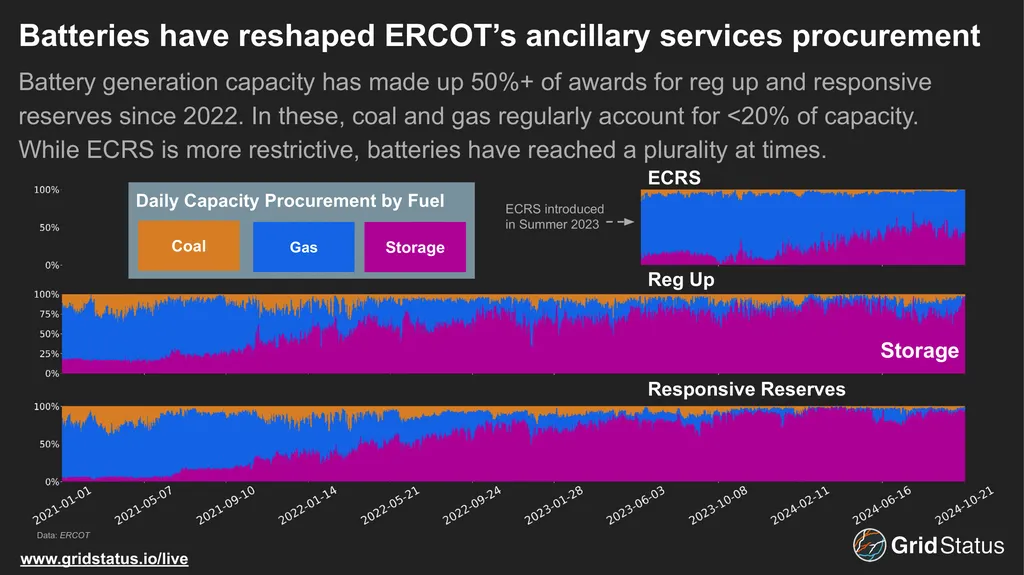Battery storage assets in ERCOT are defying recent underperformance trends, with forward values hitting record highs, according to Pexapark’s latest Q3 ERCOT Market Update. The company reports a significant uptick in the energy arbitrage value of Battery Energy Storage Systems (BESS) over the next decade, with increases of up to 19% year-on-year across three of the four ERCOT hubs. This surge in value is attributed to growing load demand and increased renewables penetration, which are widening intraday spreads.
Pexapark’s findings suggest a more optimistic long-term outlook for storage. Despite recent summers showing decreased price volatility, the widening of intraday spreads—characterized by midday dips and prominent shoulder hour spikes—strengthens the economic case for BESS. Yaniv Yaffe, Pexapark’s product manager, noted, “Expected load growth coupled with high levels of solar penetration mean that intraday spreads in ERCOT will, in general, get wider, with consistent midday dips and increasingly prominent shoulder hour spikes.” This dynamic is expected to bolster the long-term viability of BESS, even in the face of recent volatility.
However, the picture for wind and solar PPAs is less rosy. Pexapark highlights a more challenging environment since the passage of the One Big Beautiful Bill (OBBBA), which phases out clean energy tax credits by mid-2026 and imposes strict sourcing rules on Chinese components. While a 7% rise in the forward market lifted the fair value of wind and solar PPAs in Q3, offer prices surged even faster—by 12% for wind and 13% for solar. This disparity has led to a significant pricing gap between project costs and buyers’ willingness to pay, contributing to a shift in focus toward BESS.
Only three ERCOT PPAs were publicly announced in Q3, a stark decline from the same period last year, reflecting the regulatory headwinds. Luca Pedretti, Pexapark’s chief operating officer and co-founder, observed, “The ERCOT market is facing temporary but acute policy-driven shocks that have created a pricing gap between project costs and buyers’ willingness to pay.” He added, “For wind and solar, the price gap is now significant and is contributing to the shift in focus toward BESS.”
This shift could reshape the energy landscape in ERCOT, with storage assets gaining prominence as renewables face regulatory and market challenges. As the sector navigates these policy-driven shocks, the long-term economic rationale for BESS appears increasingly robust, potentially setting the stage for a more storage-centric energy future.

